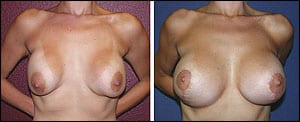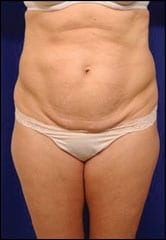Brent Moelleken, MD, has fashioned an excellent dissection of the practically ubiquitous — but allegedly problematic and reportedly unreliable “in the wrong hands” — Lifestyle Lift. The Lift has become such a high-profile controversy that its creators have resorted to suing people (especially media people) who have anything bad to say about it. Meanwhile, lawsuits against Lifestyle Lift Holdings have proliferated and Attorneys General in at least three states are or are considering investigations of the firm’s business practices. My goodness. What hath plastic surgery wrought?
Luckily, free speech provisons of the First Amendment to the US Constitution allow Moelleken, me, and anyone else to say whatever we want on the subject.
For the practitioner, Moelleken, et al, have outlined the plusses and minuses of the Lifestyle Lift in language that one can emulate when discussing this and other such procedures to patients. How is a Lifestyle Lift Different from a Traditional Face Lift? (from RealSelf.com):
LifeStyle Lifts are full facelift incision minilifts, performed through a company which has licensed the name. Doctors sign onto the service and give a percentage of their fee to the company for performing their advertising. The advertisements show pictures of patients who have achieved excellent results. From the patients I have seen who have had LSL procedures, these results are not at all typical. Judging from the posts on this website, the results were unsatisfactory to a number of patients. Why are so many patients unhappy?



